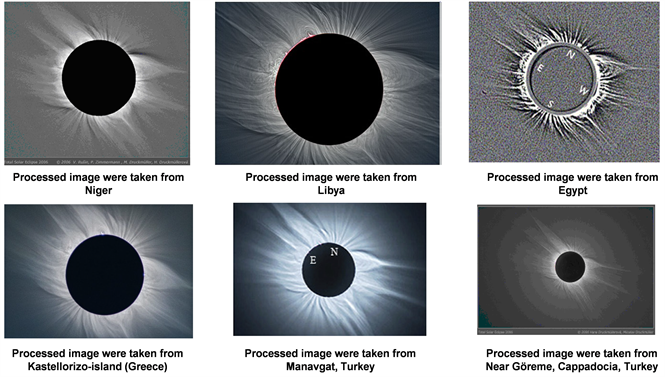
In an astrophysical context, Alfvén waves are found in the Earth’s ionosphere, and are thought to play a crucial role not only in corona heating, but also in accelerating the solar wind, which is the stream of charged particles expelled by the Sun. They were initially studied in experiments involving liquid metal, and later in plasma-physics facilities, where they are used to heat plasmas in fusion experiments. These different types of waves include Alfvén waves, which were discovered in 1942 by the Swedish plasma physicist Hannes Alfvén. The tricky part is determining whether the heating stems from sudden changes in magnetic field structures in the hot solar plasma just below the corona, or from the dampening of different types of waves. Researchers have known for a long time that magnetic fields must be the main culprit in corona heating. Using the HZDR’s Dresden High Magnetic Field Laboratory, they showed that the speed of Alfvén waves within a sample of molten rubidium metal can indeed surpass the speed of sound, thus validating a key prediction from the “hot trail” theory. Researchers from the HZDR in Germany have now shed new light on this mystery by confirming the behaviour of Alfvén waves at high magnetic fields for the first time. Direct evidence for this behaviour has, however, been lacking. Current theories suggest that it stems from a “hot trail” that forms in the region just below the corona, where strong magnetic fields mean that plasma waves known as Alfvén waves can travel at the speed of sound. This “corona heating”, as it is known, is one of greatest mysteries of solar physics. Then, in the outer reaches of its atmosphere, it becomes hotter again, with temperatures in the solar corona reaching several million degrees.

Its surface is much cooler, at 6000 degrees. The centre of the Sun is incredibly hot, at 15 million degrees Celsius. (Courtesy: NASA/SDO and the AIA, EVE, and HMI science teams) Webinars Tune into online presentations that allow expert speakers to explain novel tools and applicationsĪ plasma ejection during a solar flare.Video Watch our specially filmed videos to get a different slant on the latest science.Podcasts Our regular conversations with inspiring figures from the scientific community.Audio and video Explore the sights and sounds of the scientific world.Supercool physics Experiments that probe the exotic behaviour of matter at ultralow temperatures depend on the latest cryogenics technology.The science and business of space Explore the latest trends and opportunities associated with designing, building, launching and exploiting space-based technologies.Revolutions in computing Find out how scientists are exploiting digital technologies to understand online behaviour and drive research progress.Nanotechnology in action The challenges and opportunities of turning advances in nanotechnology into commercial products.#BlackInPhysics Celebrating Black physicists and revealing a more complete picture of what a physicist looks like.Artificial intelligence Explore the ways in which today’s world relies on AI, and ponder how this technology might shape the world of tomorrow.Collections Explore special collections that bring together our best content on trending topics.Innovation showcases A round-up of the latest innovation from our corporate partners.Projects and facilities Follow the latest progress at the world’s top scientific experiments.Policy and funding Understand how emerging policy changes could affect your work and career.Education and outreach Learn about novel approaches to educating and inspiring the scientists of the future.Business and innovation Find out how recent scientific breakthroughs are driving business innovation and commercial growth.Impact Explore the value of scientific research for industry, the economy and society.Personalities Find out who’s doing what in industry and academia.Interviews Discover the views of leading figures in the scientific community.Opinion and reviews Find out whether you agree with our expert commentators.Careers Consider your career options with valuable advice and insightful case studies.People Meet the people behind the science.Events Plan the meetings and conferences you want to attend with our comprehensive events calendar.Blog Enjoy a more personal take on the key events in and around science.Analysis Discover the stories behind the headlines.Features Take a deeper look at the emerging trends and key issues within the global scientific community.News Stay informed about the latest developments that affect scientists in all parts of the world.Research updates Keep track of the most exciting research breakthroughs and technology innovations.Latest Explore all the latest news and information on Physics World.


 0 kommentar(er)
0 kommentar(er)
